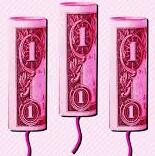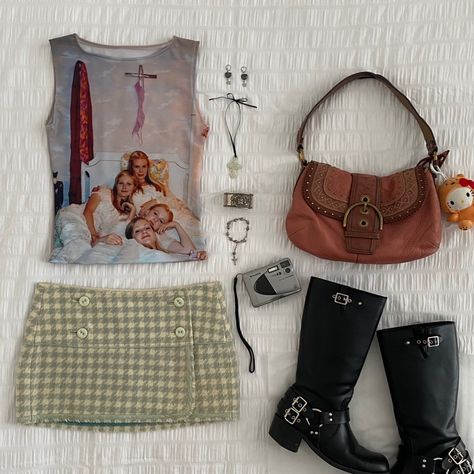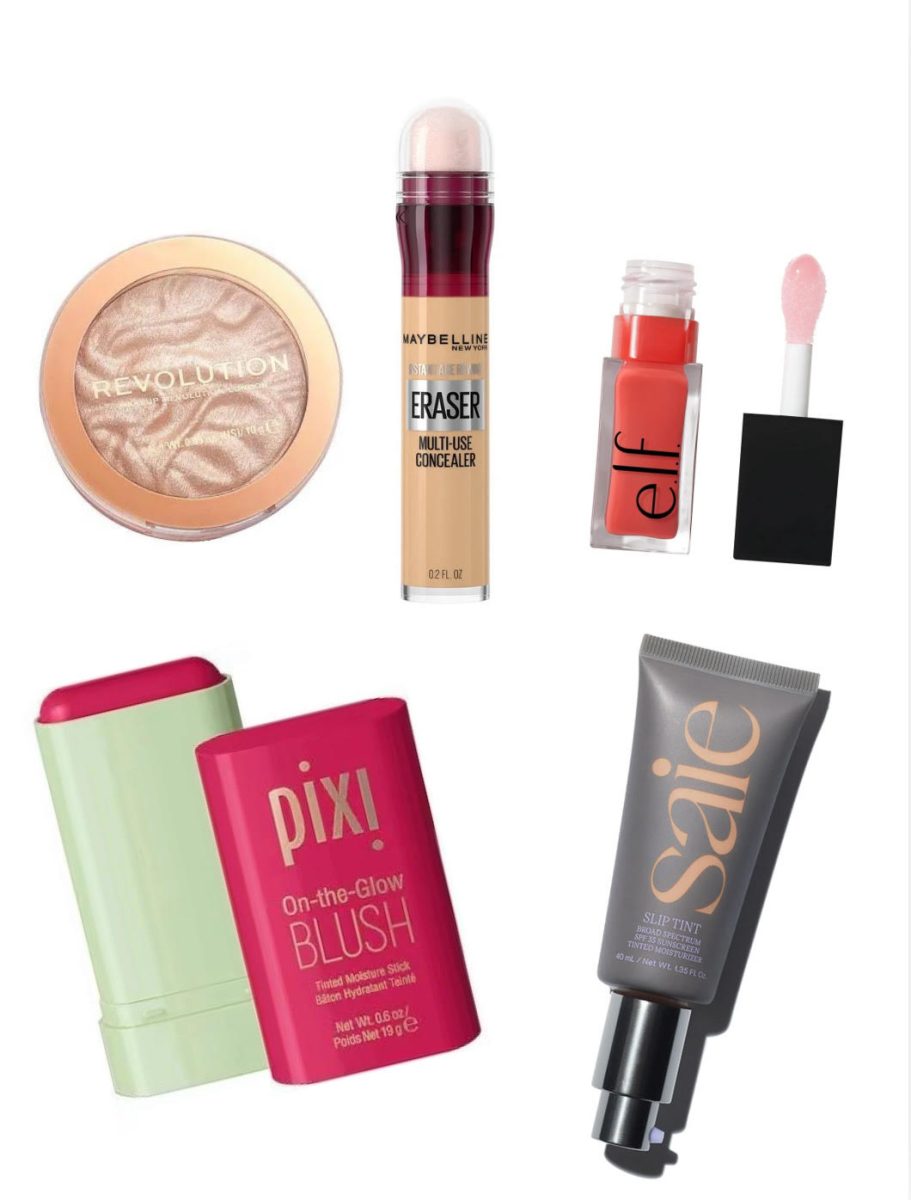The injustices of the pink tax, or why women are being taxed for existing

One thing I love about women is how unique they all are. From backgrounds differing in culture and region to the various pasts we have and the various futures we will one day possess, each and every one of us is different from the other.
Still, there’s one thing that connects all the billions of women, myself included, and brings us all together: our periods. Aunt Flow, the red tide, “that time of the month.” Whatever name it goes by, nearly every single woman menstruates. And, in a conclusion that is not difficult to draw, nearly every woman needs sanitary products like pads and tampons.
The average woman starts menstruation at age 12 and hits menopause between the ages of 45 and 55. In these forty years, give or take, a woman can have many, many, many periods, using many, many, many sanitary products on average every 28 days. Her period is not something she can control, so neither is her constant need for pads and tampons.
And yet in many states, including Michigan, tampons and pads are taxed as luxury items. Commonly known as the tampon tax or the pink tax, these sanitary products are not taxed like other necessities, medicine, health products, even toilet paper.
But what makes tampons any less necessary than toilet paper? Is it the fact that everyone uses toilet paper but only a little over half the population uses pads and tampons? Though our society has become more equal between genders with each passing year, it still was built for and by men, and the structural sexism has left an impact in nearly all aspects of our life.
And so, when certain states tax these “luxury items,” they are essentially taxing women for being women.
Items other than menstrual products also fall prey to this. Companies will take non-gendered products and then gender them, upcharge them, and make a greater profit on exploiting women.
Take a razor for example. Companies will take one razor and sell it for a set price. Then, they´ll take the exact same razor, color it pink and label it as “razors for women.” This “new” women’s razor will have a higher price despite being the exact same product. But, female consumers feel pressured by society to buy the female version of the product lest they feel manly. So, women habitually pay more money for the same products than men do, spending an average of $1,350 each year on the pink tax according to Valuepenguin.
Women are still not receiving equal pay, but still, leaps and bounds have been made in the equal pay movement. But if women don’t get to pay a fair price for necessary items and the same products as those used by men, then the entire equal pay movement is for naught.
Putting all of our wonderfully prasiable differences aside, women and men need to work together to stop the continuation of these moral and economic injustices.
The pink tax needs to end. Period.

Meredith VanSkiver is a senior entering her final year on staff, which makes her bittersweet but still ready to work. In addition to The Central Trend, she...
























































































